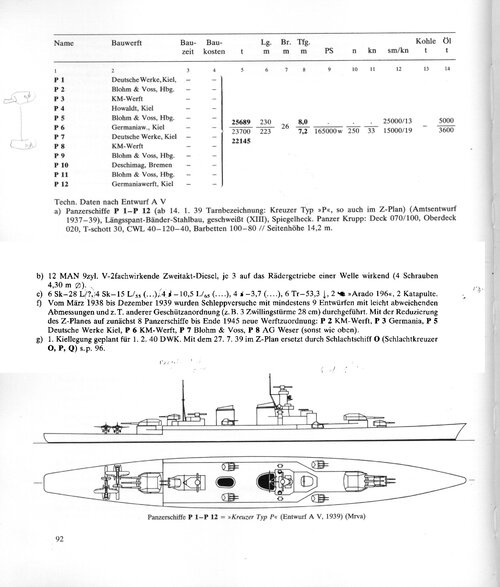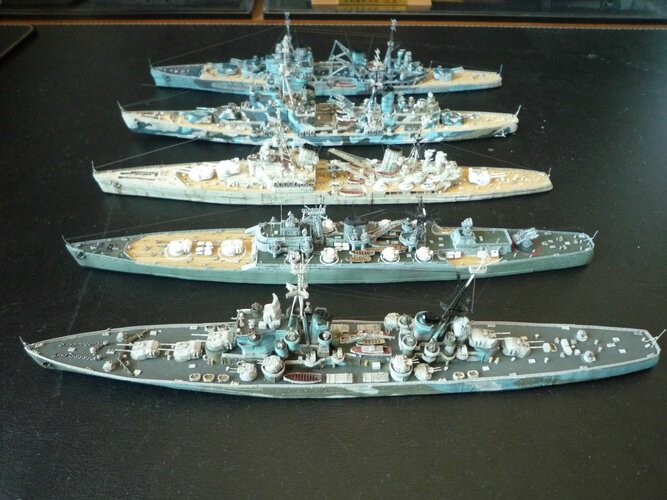- Joined
- 1 February 2011
- Messages
- 2,809
- Reaction score
- 3,183
Greek Large Cruiser proposal from DNC

 www.deviantart.com
www.deviantart.com

This warship is based on the Dido but on an enlarged hull.
The DNC or Director of Naval Construction was assigned to create studies for a warship of the Hellenic Navy in 1939.
Her design specifics are these:
3x2 254mm Guns 6x2 102mm DP-AA guns, armour would be between 178 and 228mm with a displacement of 17-18500 tons engine would be 140K shp for 61 km/h

Greek Large Cruiser Design by Tzoli on DeviantArt

This warship is based on the Dido but on an enlarged hull.
The DNC or Director of Naval Construction was assigned to create studies for a warship of the Hellenic Navy in 1939.
Her design specifics are these:
3x2 254mm Guns 6x2 102mm DP-AA guns, armour would be between 178 and 228mm with a displacement of 17-18500 tons engine would be 140K shp for 61 km/h
Last edited:












